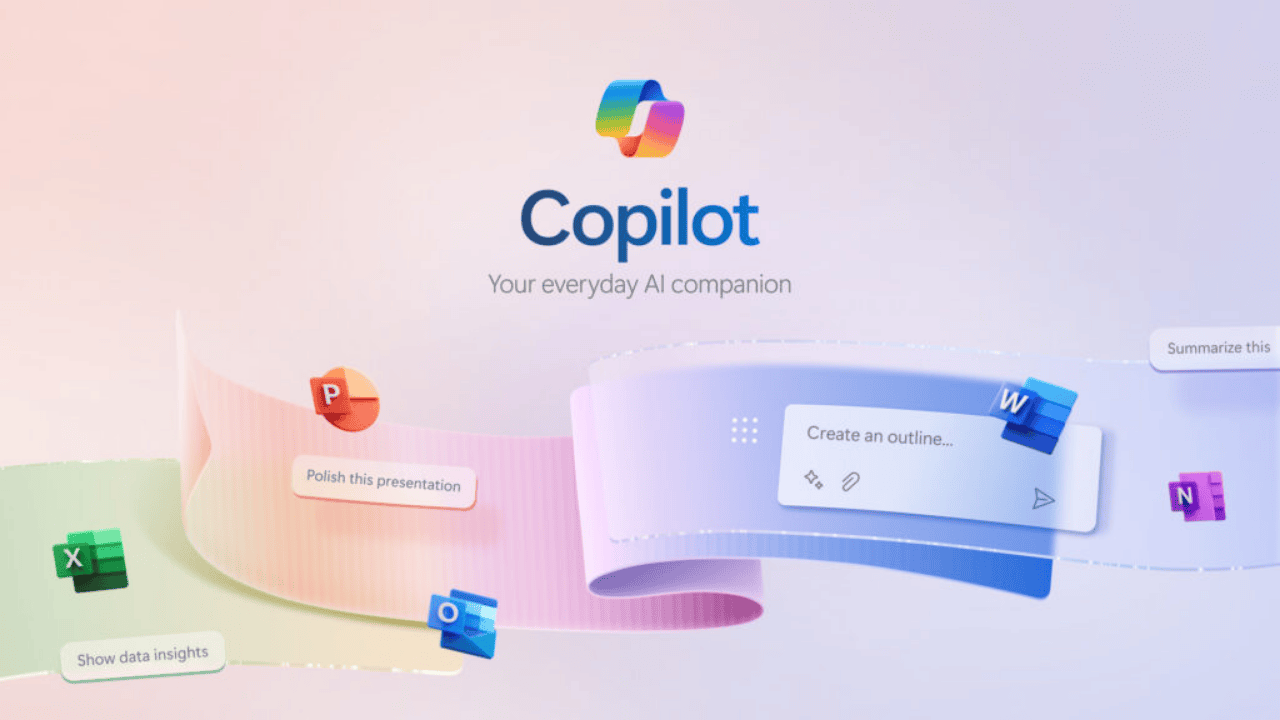Microsoft Copilot has quickly become a transformative tool for professionals worldwide, seamlessly integrating AI capabilities into everyday work tasks. Launched as an AI-powered assistant across Microsoft 365, Copilot has revolutionized how we interact with software like Word, Excel, PowerPoint, and Power BI. However, recent developments suggest that the tool is about to undergo a significant rebranding, marking a new chapter in its evolution.
The Rise of Microsoft Copilot
Since its introduction, Microsoft Copilot has been lauded for its ability to enhance productivity and streamline workflows. The tool integrates AI directly into Microsoft Office applications, helping users draft emails, analyze data, create presentations, and automate routine tasks with unprecedented ease.
One of the most significant features of Copilot is its integration into Power BI, Microsoft’s data visualization tool. Here, Copilot enables users to query data using natural language, generate insights, and even create dashboards without needing extensive knowledge of coding or data analytics. This has made Power BI more accessible to a broader range of users, from seasoned data scientists to business professionals who may not have a technical background.
Real-World Applications and User Experiences
For many professionals, the introduction of a dedicated Copilot key on their work laptops has been a game-changer. This key provides instant access to AI-powered assistance, allowing users to generate content, answer queries, and automate tasks with just a keystroke. The convenience of having AI integrated so seamlessly into daily workflows cannot be overstated.
As reported by TechRadar, users who have spent months working with this feature have come to appreciate the speed and efficiency it offers. Tasks that once required significant time and effort can now be completed in a fraction of the time, freeing up professionals to focus on more strategic activities.
Moreover, Copilot’s integration across the Microsoft 365 suite means that its benefits are not limited to any one application. Whether drafting a report in Word, analyzing data in Excel, or preparing a presentation in PowerPoint, Copilot is there to assist, making the entire suite more powerful and user-friendly.
The Rebranding of Copilot: What’s Changing?
Despite its success, Microsoft has announced plans to rebrand Copilot. The reasons behind this rebranding are not entirely clear, but speculation suggests that it may be part of a broader strategy to better align the tool with Microsoft’s evolving product ecosystem.
According to reports from The Verge and the Times of India, the rebranding is expected to come with a new name and possibly new features that will further integrate AI into Microsoft’s product offerings. While the exact name has not been confirmed, sources indicate that Microsoft may be looking to position Copilot as more than just an assistant, but rather as an integral part of the productivity software experience.
This rebranding could also be an attempt to differentiate Copilot from other AI tools on the market. As more companies introduce AI-driven assistants, Microsoft may be looking to set its tool apart by emphasizing its unique capabilities and deep integration with the Microsoft 365 suite.
Implications for Businesses and Users
The rebranding of Copilot is likely to have significant implications for businesses and users who rely on the tool for their daily operations. For one, the new name and branding could signal additional features or enhancements that make Copilot even more powerful.
For businesses, the continued evolution of Copilot means that staying up-to-date with the latest developments will be crucial. Organizations that leverage Microsoft 365 and Power BI will need to ensure that their teams are trained on the new features and capabilities that come with the rebranding.
At the same time, the rebranding could also represent an opportunity for Microsoft to expand the reach of Copilot. By positioning the tool as a core part of its productivity software suite, Microsoft may be able to attract new users who have yet to experience the benefits of AI-powered assistance.
What’s Next for Microsoft Copilot?
As Microsoft prepares to roll out the rebranding of Copilot, users can expect to see a continued focus on enhancing productivity and streamlining workflows. The integration of AI into everyday work tasks is likely to become even more seamless, with new features that make it easier than ever to manage data, create content, and collaborate with others.
For those interested in staying ahead of the curve, it’s worth keeping an eye on official announcements from Microsoft regarding the rebranding. The company’s commitment to innovation means that the new version of Copilot could offer even greater value to users, further cementing its role as an essential tool in the modern workplace.
Microsoft Copilot has already proven itself as a revolutionary tool in the world of productivity software. Its ability to integrate AI into everyday tasks has made it an indispensable part of the Microsoft 365 suite. With a rebranding on the horizon, Copilot is poised to evolve even further, offering new features and capabilities that will continue to enhance the way we work.
As businesses and professionals prepare for this change, staying informed about the latest developments will be key to maximizing the benefits of this powerful tool. For more detailed insights on how to use Microsoft Copilot, especially in Power BI, you can explore resources on TechTarget, or check out the latest news on TechRadar.













